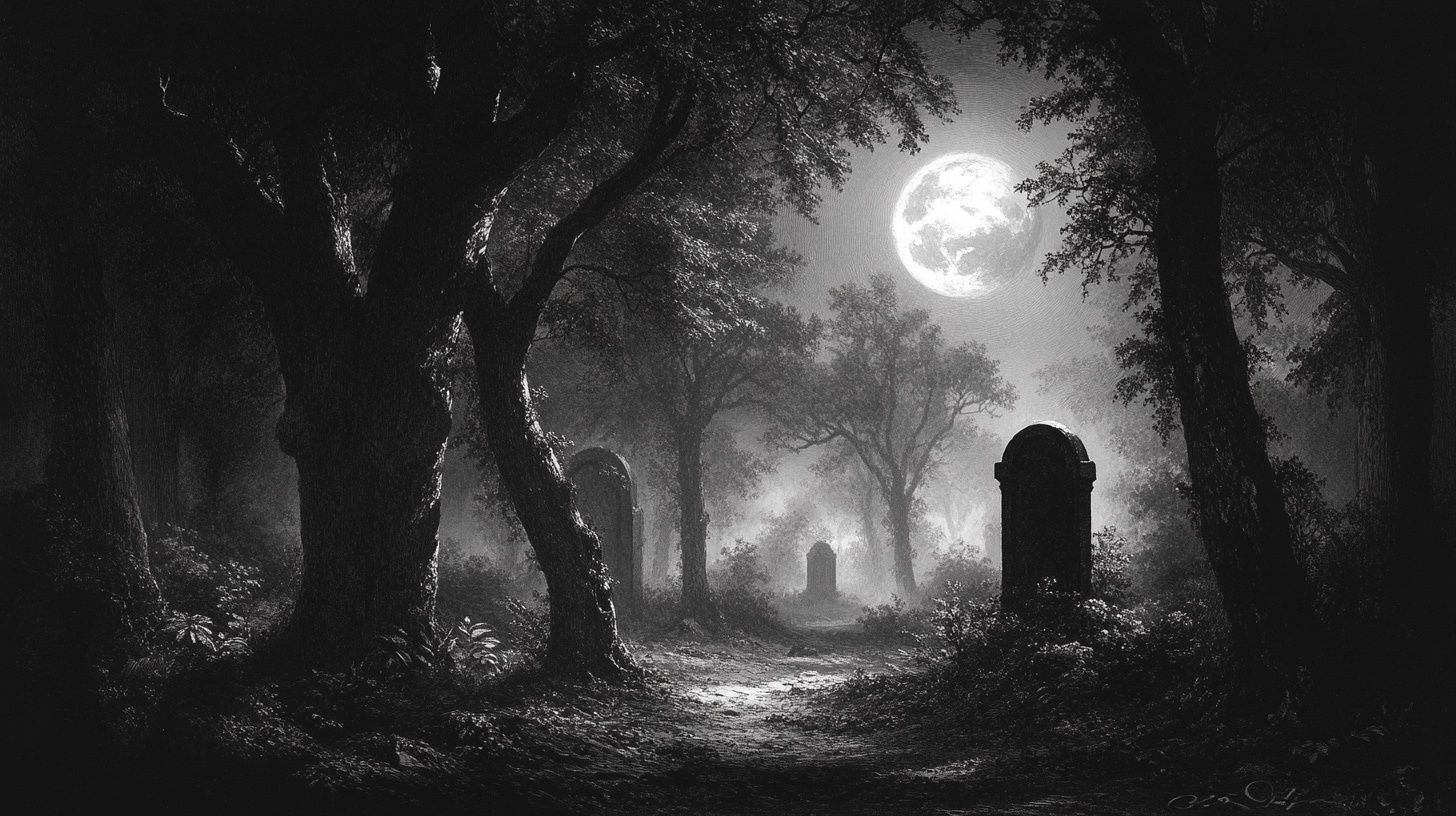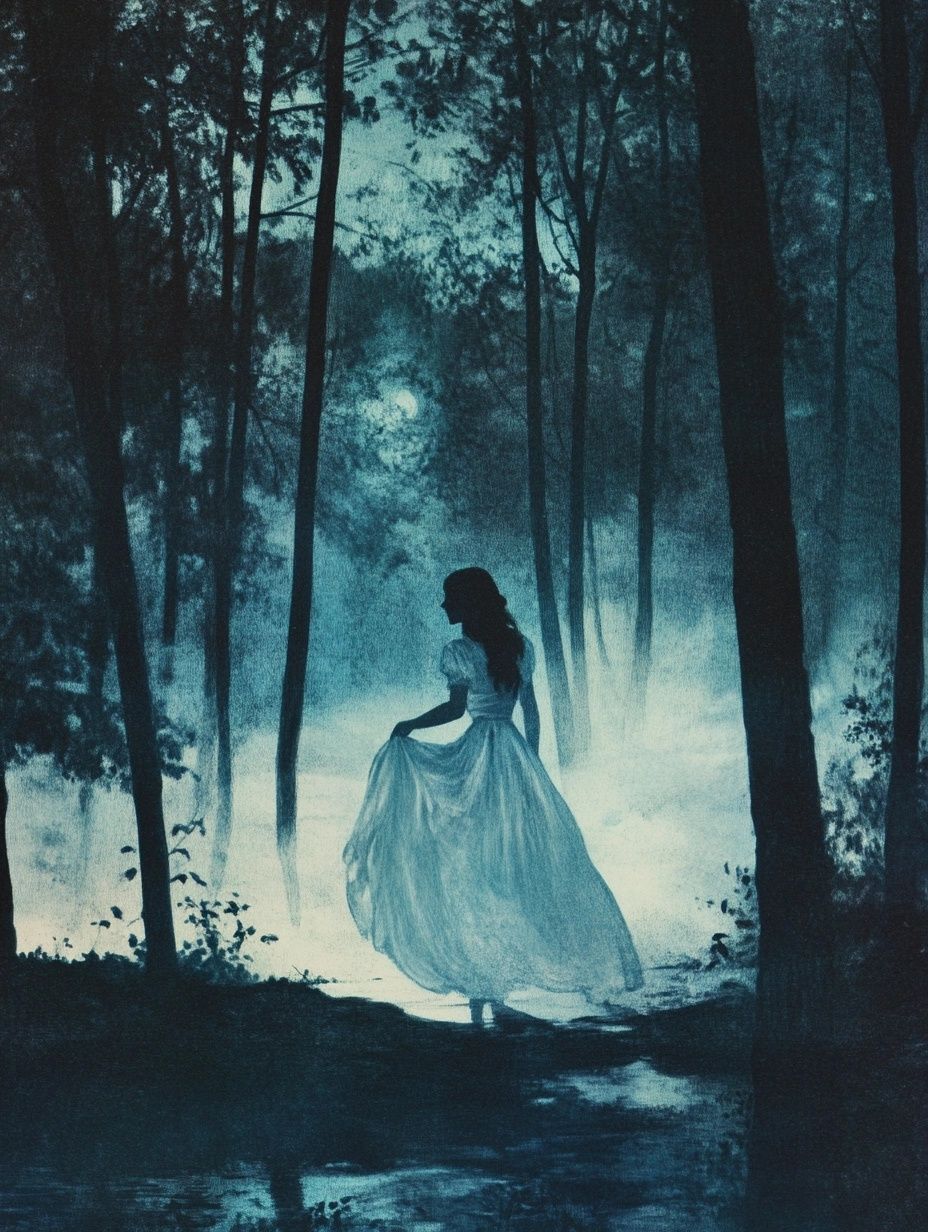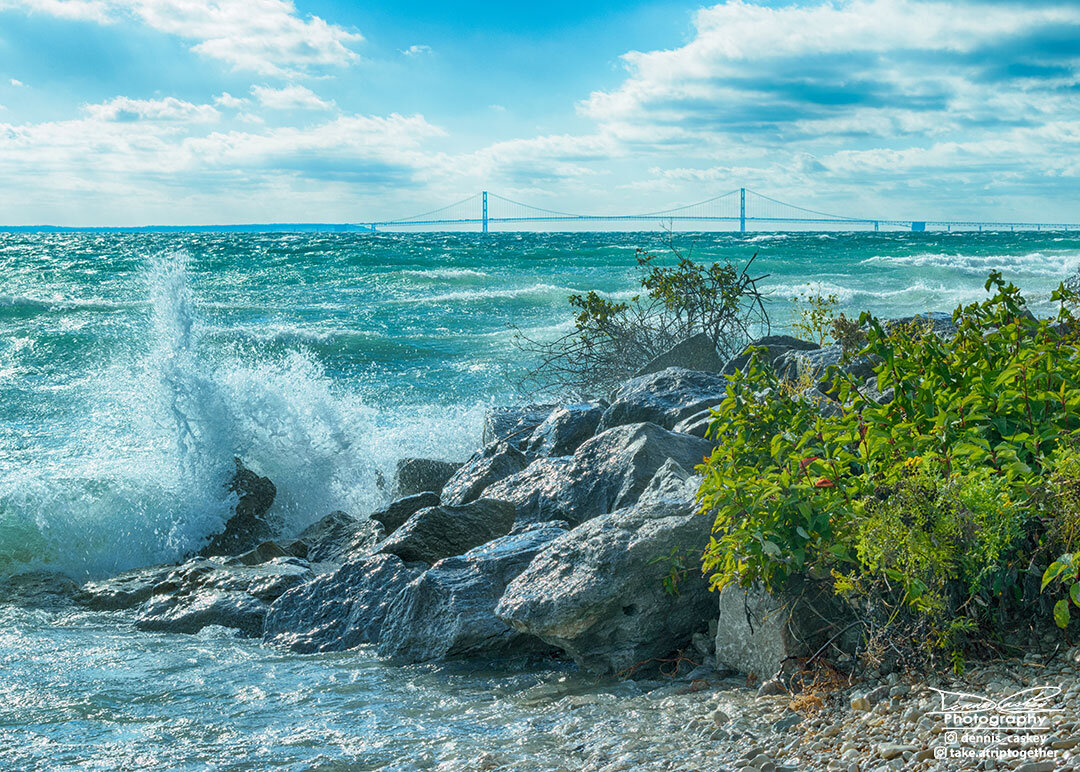# Shadows of the Great Lakes: Unraveling Michigan’s Mysterious Folklore and Supernatural Legends
Michigan’s rich tapestry of folklore and supernatural tales is deeply intertwined with its distinctive geography. Nestled among the Great Lakes, with dense forests and isolated communities, the state has become a fertile ground for legends that have captivated generations. From Native American creation myths to eerie modern hauntings, Michigan’s mythological heritage reflects centuries of cultural influences and mysterious encounters that continue to intrigue residents and visitors alike.
The unique landscape of Michigan, with its vast shorelines, remote peninsulas, and sprawling wilderness, has shaped these tales in profound ways. Stories of the Dogman prowling northern forests, the ghostly apparitions at historic buildings, and the mysterious lights that flicker across the Upper Peninsula all speak to Michigan’s identity as a northern hub of the strange and unexplained. These tales not only entertain but also preserve the cultural history and collective imagination of communities throughout the Great Lake State.

- Legends and myths of Michigan: A tapestry of folklore waiting to be unraveled. Source: mythfolks.com
Michigan’s haunted history is as diverse as its landscape, with numerous historic buildings harboring otherworldly residents. The Doherty Hotel in Clare stands as one of the state’s most notoriously haunted locations, its paranormal reputation stemming from a colorful past that includes prohibition-era speakeasy operations and connections to the Purple Gang. The hotel was even the site of one of Michigan’s most infamous murders when Isaiah Leebove, a former Purple Gang attorney, was shot dead in the bar by his cousin and business partner in 1938.
Equally compelling is the Terrace Inn in Petoskey, where staff keep thick “Ghost Files” containing accounts from guests and employees who’ve encountered supernatural phenomena. Investigation teams have recorded compelling evidence of three distinct spirits: a lady in white who wanders the hallways, a man in tweed spotted on the balcony, and the interactive spirit of a young boy in the basement. The Whitney Restaurant in Detroit, once the mansion home of lumber baron David Whitney Jr., also boasts numerous ghostly encounters. Both Mr. Whitney and his wife passed away in the home, and many believe their strong family bond has kept them connected to the property even in death.

- Haunted Michigan: A journey through the state’s most spine-chilling locations. Source: michigan.org
Among Michigan’s most famous cryptids is the Michigan Dogman, a half-man, half-dog creature first reported by lumberjacks in the 1800s. Descriptions typically include a creature that can walk upright on two legs or run on all fours, with modern sightings surging after a 1987 song by a Traverse City DJ prompted listeners to share their own encounters. This mysterious creature has become an enduring part of northern Michigan’s folklore, representing the wild, untamed nature of the state’s forests.
The Wendigo, a terrifying entity from Algonquin Native American mythology, is another prominent figure in Michigan’s cryptid lore. Described as a cannibalistic spirit that possesses humans and drives them to commit acts of greed or violence, the Wendigo is often depicted as a gaunt, icy creature with monstrous features. This chilling figure is especially prevalent in stories from northern Michigan during the harsh winter months, embodying the dangers of isolation and the desperate struggle for survival in extreme conditions.

- An ethereal presence: The ghost tales that haunt Michigan’s moonlit forests. Source: mythfolks.com
The Nain Rouge, or “Red Dwarf,” is a goblin-like creature closely tied to Detroit’s history. According to legend, this small, red-eyed creature with sharp teeth has appeared before several key disasters in the city’s history, including the devastating fire of 1805 and the riots of 1967. The Nain Rouge has become such an integral part of local culture that Detroit residents hold an annual tradition called the Marche du Nain Rouge, a parade where locals symbolically “banish” the figure from their city in hopes of averting disaster.
Michigan’s Great Lakes are also said to harbor mysterious creatures, including lake monsters known as Bessie and Pressie. Bessie, the Lake Erie Monster, has been described as a snake-like creature approximately 40 feet long, with sightings dating back to 1793. Pressie, named after Presque Isle in Lake Superior, is another serpent-like creature reportedly seen near Whitefish Point and Pictured Rocks. These aquatic cryptids reflect the mysterious nature of the vast, often unpredictable Great Lakes that define Michigan’s borders.

- Mackinac Island: A cornerstone of Native American folklore and Michigan’s natural beauty. Source: takeatriptogether.com
Native American legends form a significant foundation of Michigan’s folklore, with rich traditions explaining the formation of the state’s natural features. According to Indigenous creation stories, Mackinac Island was formed on the back of a giant turtle. In many versions of the tale, the turtle offers its back to support the land after a muskrat successfully brings soil from the bottom of the lake. The name “Michilimackinac” is thought to derive from the Ojibwe word “mishimikinaak,” meaning “large turtle,” demonstrating how deeply these stories are embedded in the region’s identity.
The iconic Sleeping Bear Dunes on Lake Michigan’s shoreline are tied to another poignant Native American legend. The story tells of a mother bear and her two cubs swimming across Lake Michigan to escape a forest fire. When the exhausted cubs couldn’t keep pace and drowned, the heartbroken mother bear climbed to a high point on the shore to wait for them, eventually falling into an eternal sleep. To honor her devotion, the Great Spirit created the Sleeping Bear Dunes to mark where she rests, with the Manitou Islands representing the spots where her cubs disappeared beneath the waves.
Great Lakes tribes also passed down beliefs about powerful water spirits that controlled the lakes. Mishipeshu, known as the Water Panther, was depicted as a horned creature with scales and a long tail. This fearsome entity was believed to cause storms and crack ice beneath travelers, requiring offerings to ensure safe passage. Similarly, Misiginebig, the Great Serpent, was a giant horned snake said to have caused the Great Flood and considered an enemy of the creator spirit Nanabozho. These spiritual beings were kept in balance by the Thunderbirds, powerful entities that battled them with lightning and thunder.
Beyond ghostly hauntings and mythical creatures, Michigan has been home to numerous unexplained phenomena that continue to puzzle locals and visitors. The Paulding Light, also known as the Dog Meadow Lights, is perhaps the most famous example. For decades, people have reported seeing mysterious lights floating in the distance near Watersmeet in Michigan’s Upper Peninsula. While various legends attribute the lights to the ghost of a railroad worker or a mail carrier who perished in the woods, researchers have suggested a more mundane explanation: headlights from vehicles traveling on US-45. Nevertheless, the allure of this phenomenon continues to draw curious visitors.
The Michigan Triangle is another intriguing mystery centered in Lake Michigan. Often compared to the Bermuda Triangle, this area has been associated with an unusual number of shipwrecks, plane crashes, and unexplained disappearances. One of the most notorious incidents involved Northwest Orient Airlines Flight 2501, which vanished in 1950 with no trace of the plane or its 58 passengers ever found. Fishermen, sailors, and pilots continue to report strange occurrences in these waters, maintaining the triangle’s mysterious reputation as a zone where conventional explanations fall short.
